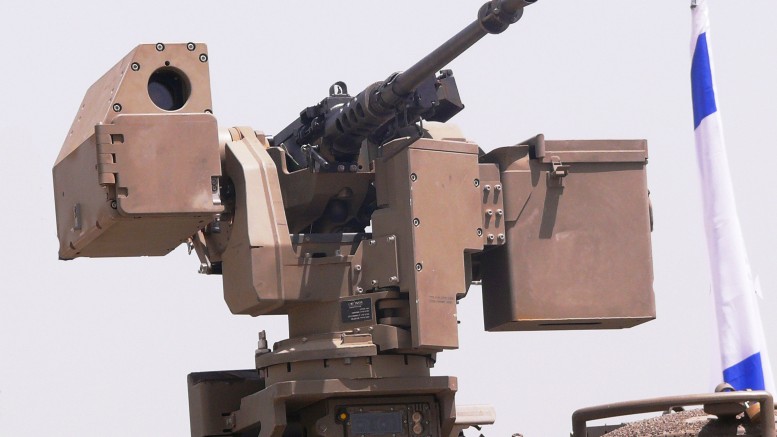(NationalSecurity.news) American defense officials are becoming more and more concerned that terrorists and insurgents could use remote-controlled weaponry against U.S. troops and American citizens in the near future.
As reported by The Washington Post, the conflicts in Iraq, Syria and Libya are serving as test beds and “technological incubators” for groups that are looking for new ways to kill.
Though homemade ordnance and weaponry has become a staple of 21st century low-intensity conflict, as well as modifications to civilian vehicles and gear, a U.S. Army report released last week by the service branch’s Foreign Military Studies Office identifies a growing trend within insurgent and terrorist groups: The use of remote-controlled or “tele-operated” weapons.
The report examines 21 case studies which were assembled largely through open sources – social media and news reports – of remote-controlled rifles and machine guns that are being developed and used by members of the Islamic State, the Free Syrian Army and other groups. Twenty of the weapons came from Iraq and Syria, while one came from Libya. Most are using Soviet-style weapons but at least one Syrian opposition group appeared to be using a U.S.-style rifle in a self-developed system.
Designs are basic but include the necessary elements: A small screen and operating cables so the weapon can be fired from a distance. Some designs are stationary while others are attached to wheeled or tracked vehicles, the Post noted. One weapon, photographed with rebels in Libya, appears to be mounted to a toy truck.
“It is troublesome to wonder how well they would do if they had better materials — potentially making something that could actually match the weaponry developed in the United States,” the report says, as reported by the Post. “As the conflict escalates, the likelihood of more of these types of weapons being employed is highly probable.”
There is also concern that such weapons could be copied and then eventually mass produced once they were properly field-tested.
The report also noted that remote-controlled weapons “have proven to be more efficient than expected,” but it is still not clear how effective and accurate the weapons are in combat. The majority of them were filmed during periods of relative calm.
For now the devices are still considered novelties of war, but as the conflicts drag on, the report speculates that “in the worst case, terror groups may even obtain more modern weapons to improvise, which may boost accuracy.”
More:
- ISIS Has Zoned In On Scores Of U.S. Airbases Around The World And Is Calling For Supporters To Attack Them
- Intelligence Director: ISIS Is The Greatest Non-State Threat To The U.S., Allies
- After Losing Ground In Syria And Iraq, CIA Chief Says ISIS Planning More Guerrilla Attacks In West
© 2016 USA Features Media.



